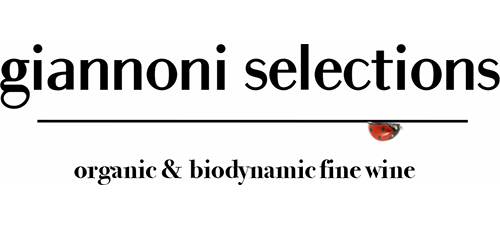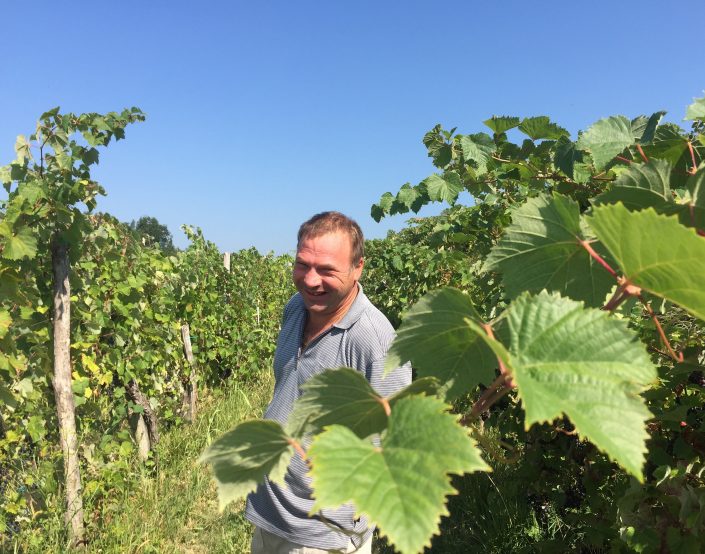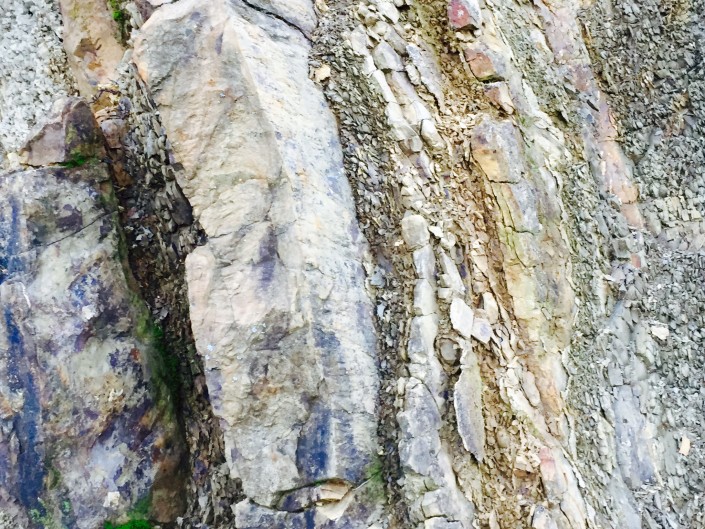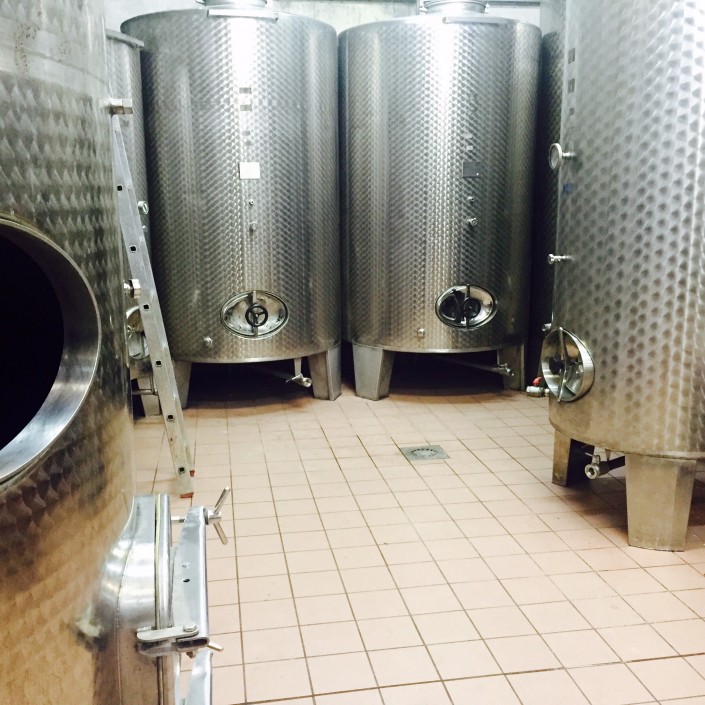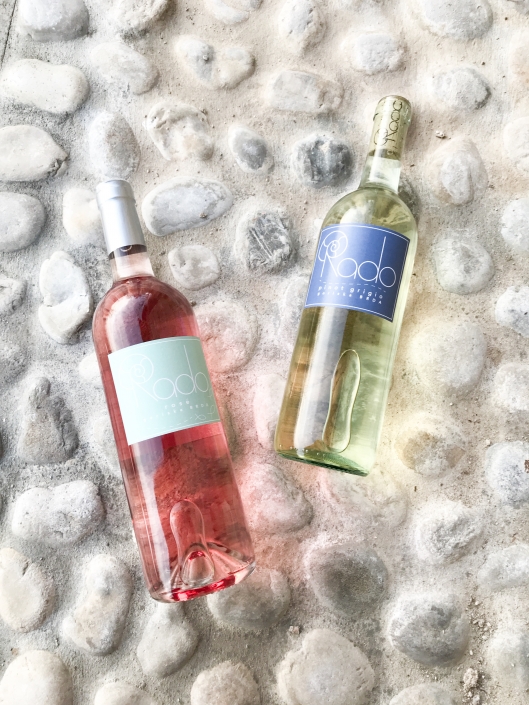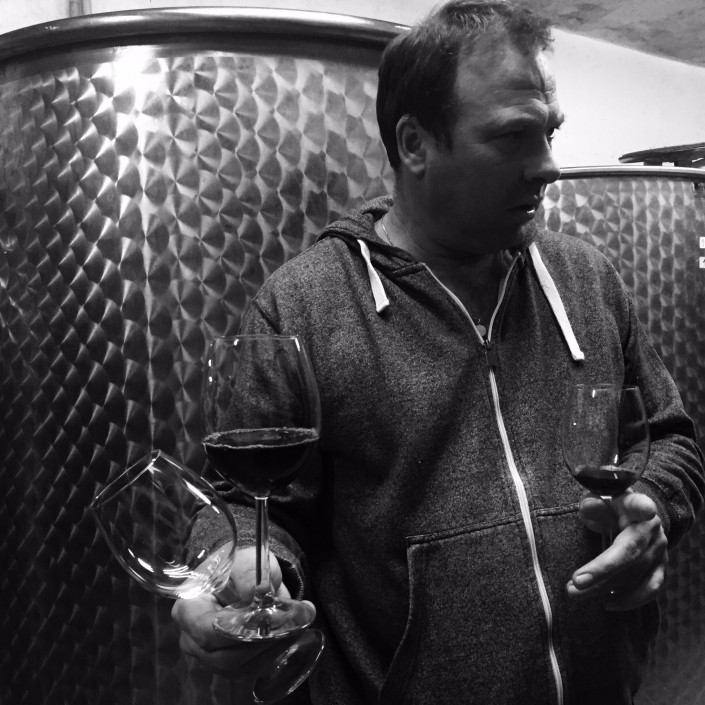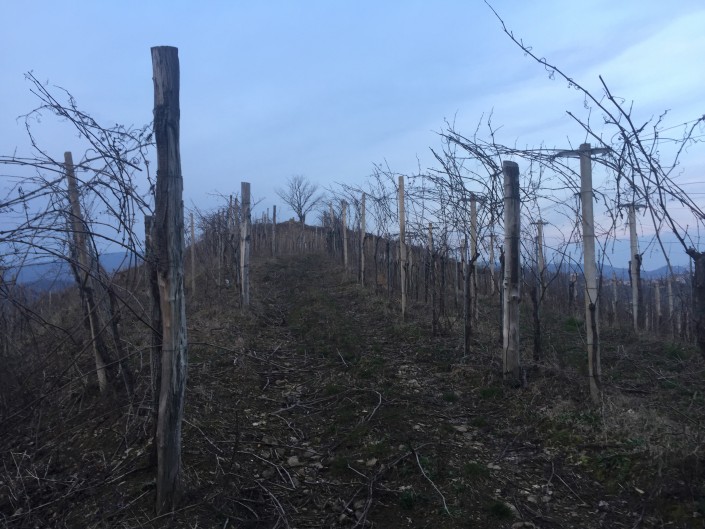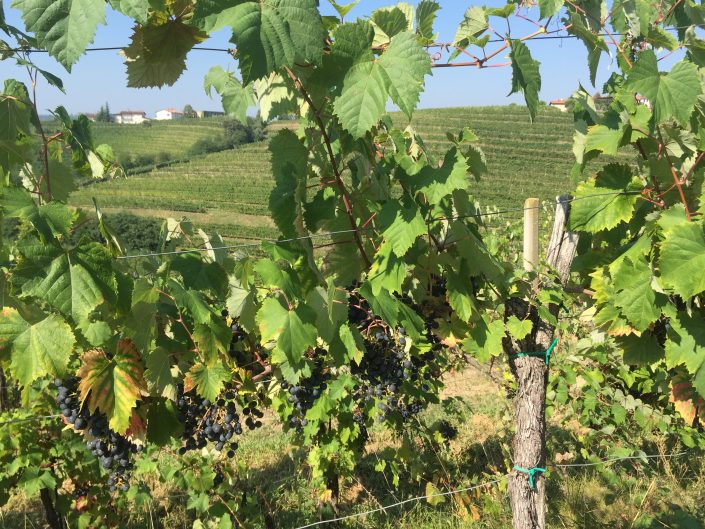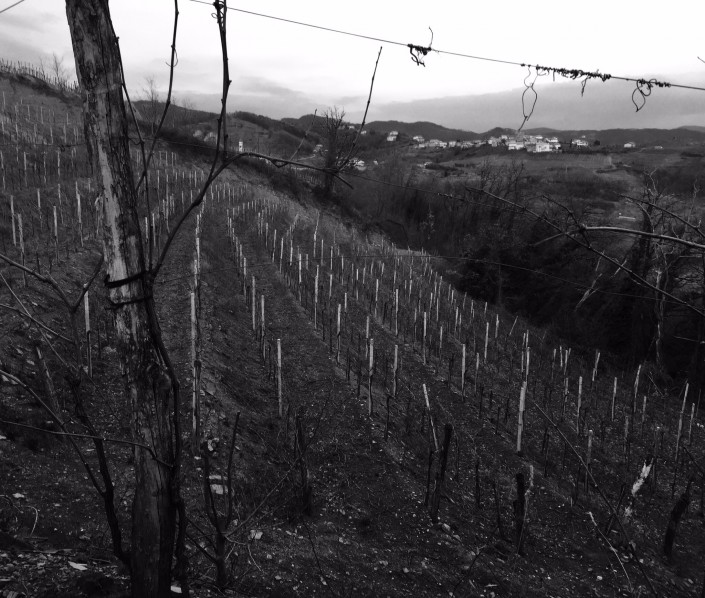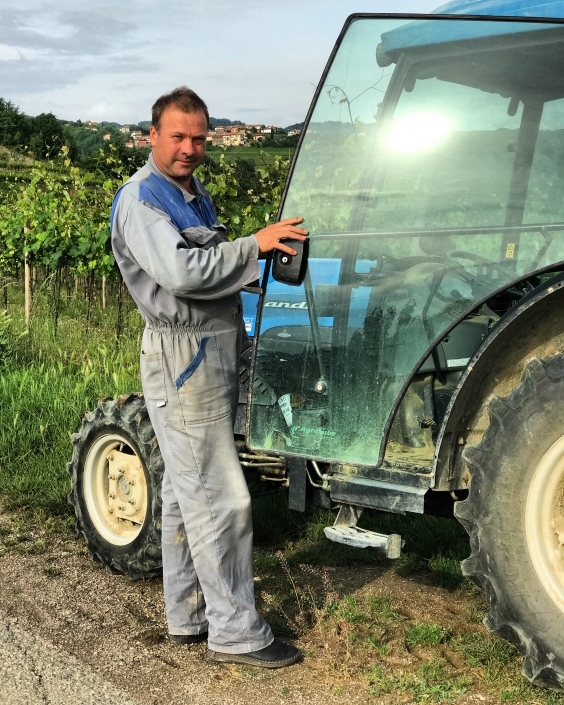Dating back to the 15th century, Rado Kocijančič’s farm in eastern Slovenia’s reputed Brda growing district is where he cultivates six steep hectares in Šlovrenc. It’s an area that has had a rather tumultuous history given that up until the end of the 18th century it was ruled by the Republic of Venice before succumbing to Austro-Hungarian rule until 1918. Brda was then returned to Italy after WWI and remained Italian until it was transferred to Yugoslavia in 1945. Tito’s communist Yugoslavia at that time undertook to nationalize all private property and therefore claim half of all deeded holdings from landowning families. Rado’s grandfather’s twenty hectares became ten hectares in the late 1940’s due to this inopportune historical event.
Although Rado would rather forget this not so distant past, he is content that his vines are planted in soils that have been compared to Burgundy’s prestigious Côte d’Or. His terrain, ponka in Slovenian dialect, encompasses calcareous/clay marls that are sandwiched between vertical layers of sandstone (pictured below) and derived from an ancient sea bed that has gradually risen over the span of about sixty million years. The vine’s roots are therefore able to explore fossilized marine elements that impart mineral qualities to wines of this esteemed appellation. Similar to the generations that preceded him, Rado continues to focus on local varieties Rebula, Jakot (Tocai Friulano), and Refošk as well as newcomers Sivi Pinot (Pinot Grigio) and Sauvignon Blanc. Although Rado chooses not to certify organically, he refuses the use of copper to treat his vines and rarely cuts the grass or plows in order to promote a healthy ecosystem. Sulfur usage is also kept to a minimum, especially due to his own allergy to the additive.
Wines/Tasting Notes
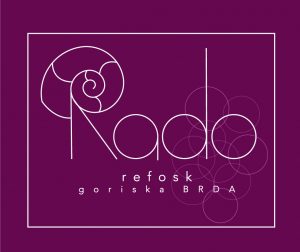 Refošk: 100% Refosco Terrano. 12.5% alcohol. Fermented and elevated in stainless steel, this light, quaffable red shows elegant raspberry/cherry fruit with hints of freshly cut herbs on the nose and presents itself similarly on the palate. Known for its vibrant acidity, Refosco has the ability to cut through fatty dishes and compliment a range of cuisines with relative ease.
Refošk: 100% Refosco Terrano. 12.5% alcohol. Fermented and elevated in stainless steel, this light, quaffable red shows elegant raspberry/cherry fruit with hints of freshly cut herbs on the nose and presents itself similarly on the palate. Known for its vibrant acidity, Refosco has the ability to cut through fatty dishes and compliment a range of cuisines with relative ease.
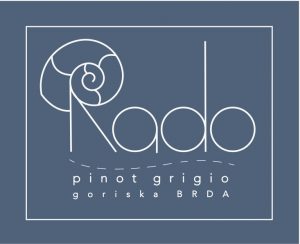 Pinot Grigio: Rado’s Pinot Grigio (Sivi Pinot in Slovenian) hails from a steep, two hectare vineyard in the village of Slovrenč with vines that average 15-25 years. These vines are situated towards the bottom of the parcel and thereby generally suffer less from drought in hot/dry growing seasons like 2016. This wine is crisp and refreshing, showing generous citrus and berry fruit with an elegant, mineral backbone.
Pinot Grigio: Rado’s Pinot Grigio (Sivi Pinot in Slovenian) hails from a steep, two hectare vineyard in the village of Slovrenč with vines that average 15-25 years. These vines are situated towards the bottom of the parcel and thereby generally suffer less from drought in hot/dry growing seasons like 2016. This wine is crisp and refreshing, showing generous citrus and berry fruit with an elegant, mineral backbone.
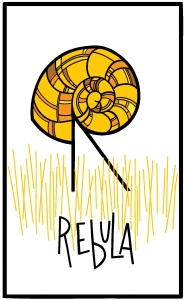 Rebula: Orange wine made from Rado’s 25-35-year-old Rebula (Ribolla Gialla) vines grown in BRDA’s reputed sandstone/clay marl, or ponka in local dialect. Given three weeks of maceration, this wine is textured yet not immensely tannic. Pair with more flavorful dishes that could be complemented by a glass of red or white wine.
Rebula: Orange wine made from Rado’s 25-35-year-old Rebula (Ribolla Gialla) vines grown in BRDA’s reputed sandstone/clay marl, or ponka in local dialect. Given three weeks of maceration, this wine is textured yet not immensely tannic. Pair with more flavorful dishes that could be complemented by a glass of red or white wine.
Annual Production: 12,000 bottles
Varietals planted: Refosco, Rebula, Jakot, Sivi Pinot (Pinot Grigio), Sauvignon
Soil Composition: Limestone/clay/sandstone
Vined surface area: 6 ha
Trellising system: Capovolto Friulano
Vine age: 15-45 years
Method: Sulfur treatments in vineyards, low sulfur additions in cellar
Certifying body: N/A
